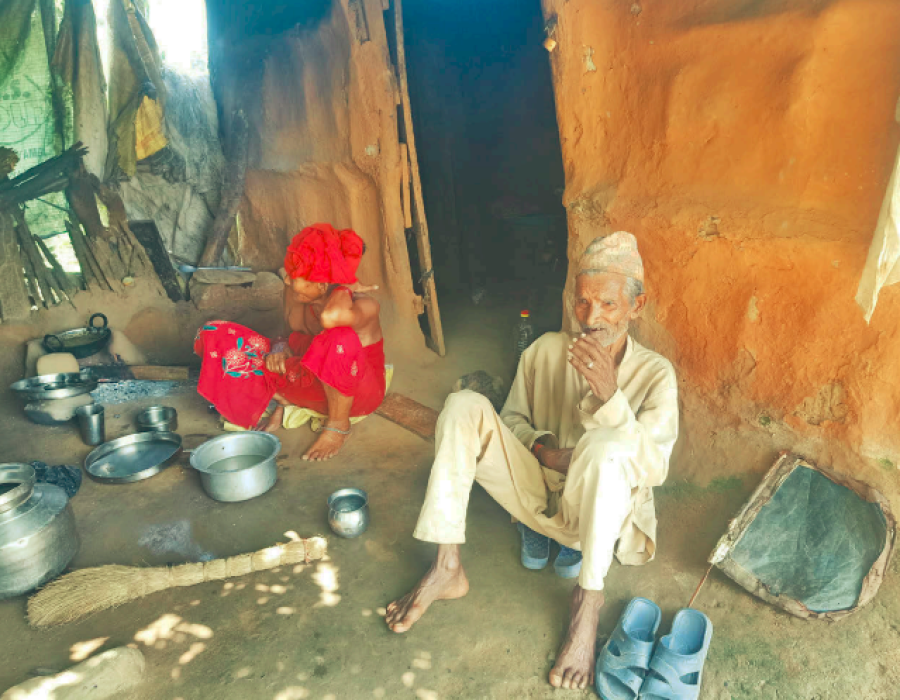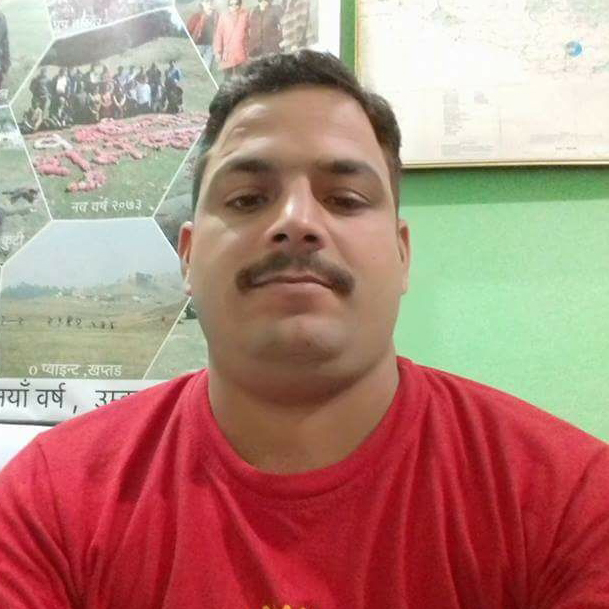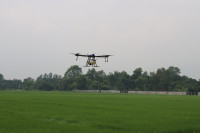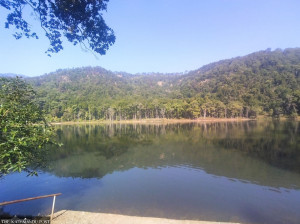Sudurpaschim Province
12 years since liberation, freed Haliyas in Kanchanpur await resettlement
Out of 21,069 freed Haliya families in 12 districts of Nepal, only 16,000 have been listed in government data.
Bhawani Bhatta
Lakshmi Damai from Baitadi had migrated to Kanchanpur at the age of 10. He worked as a Haliya (bonded labourer) in Mahendranagar and Bhimdatta until the government in 2008 declared the emancipation of Haliyas. Lakshmi, now 81, lives with his wife in a hut that he built on the banks of Gahatadi stream in Bhimdatta Municipality Ward No. 9.
Many other Haliya families who were freed with Lakshmi 12 years ago have already received land plots and houses. But Lakshmi’s family is yet to be rehabilitated.
“Many of the Haliyas received houses and land plots but we got nothing. That is why I came here and built a hut on the banks of a stream,” said Lakshmi.
After the liberation, he did not have to work for the landlords but he could barely manage two square meals a day for his family.
“I am too old to work as a labourer now. My children have all separated from us. We are surviving with the money we get from our social security allowances,” he said.
The situation of 50-year-old Janjali Damai, another freed Haliya, is also similar to Lakshmi’s. He did not receive any land plot following the liberation and now lives in a hut built on a relative’s land in Bhimdatta Ward No. 10.
“My landowner chased me from his house when the government started collecting statistics and information on freed Haliyas. I was left with no shelter and money,” he said.
According to Janjali, his name has not been included in the government data of freed Haliyas.
“My landlord used to provide me with food and clothing in the past. But these days, I have no work to do and I hardly manage to provide meals for my family,” he said.
More than 100 families of freed Haliyas have been rehabilitated at Bramhadev in Kanchanpur so far. But a dozen other families are still awaiting rehabilitation.
According to the National Freed Haliya Society in Kanchanpur, 730 families of freed Haliyas are yet to be rehabilitated in the district. The data showed that more than 160 families who do not have a land plot and a house to live in are taking shelter at various riverbanks and lands of relatives.
Shibi Luhar, chairman of the National Freed Haliya Society in Kanchanpur, said, “The rehabilitation programme got hampered after the government handed over its responsibility to the local unit to continue the programme.”
According to Luhar, out of 2,516 documented Haliya families, only 1,991 have received ID cards in Kanchanpur so far. Until now, 1,830 families have been rehabilitated in the district.
Hari Shreepaili, a leader of Haliya Mukti Andolan, said, “Many families have been left in the lurch and they are still awaiting their rehabilitation. A decade has passed since the liberation but the freed Haliyas have yet to get help.”
Under the rehabilitation programme, the government has fixed Rs 100,000 to Rs 150,000 for the freed Haliya families to build a house and Rs 200,000 to Rs 250,000 to purchase a land plot.
“In the present situation, the amount is not enough to purchase a land plot and construct a house. The price of land plots and construction materials has soared. This is why most of the freed Haliya families have been unable to complete their houses’ construction,” said Shreepaili.
However, Puskar Prasad Bhatta, chief administrative officer of Bhimdatta Municipality, said that the municipality since last year has been continuing the rehabilitation programme of freed Haliyas in accordance with the list of beneficiaries provided by the District Land Reform Office.
“The budget for the rehabilitation comes from the central level. We are just playing a coordinating role in the rehabilitation programme,” Bhatta said.
There are 21,069 freed Haliya families in 12 districts of Nepal. Among them, only 16,000 families are listed in the government data, according to Shreepaili, a leader of Haliya Mukti Andolan.




 11.12°C Kathmandu
11.12°C Kathmandu











%20(1).jpg&w=300&height=200)

